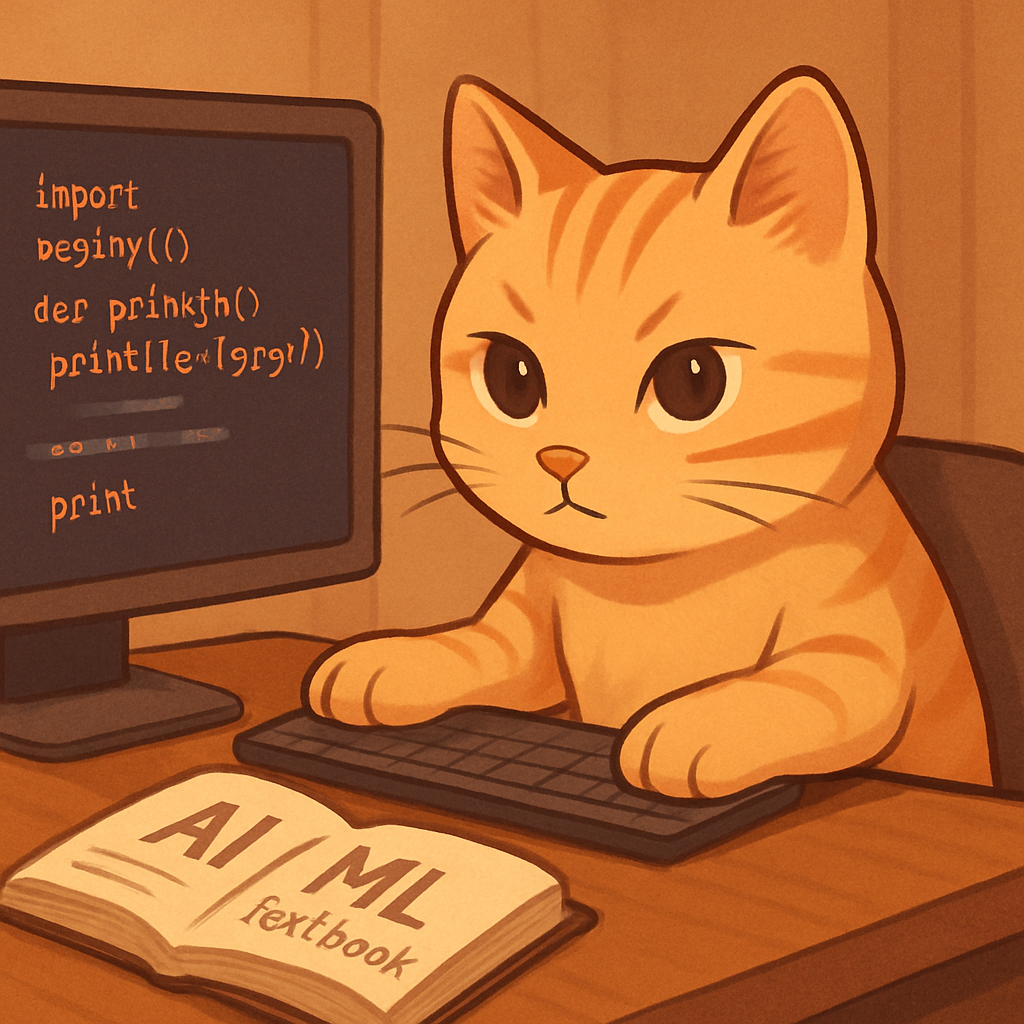From Confusion to Clarity: My Journey Into Machine Learning and Feature Engineering
Introduction
When I first encountered machine learning (ML), it was exciting — and also totally overwhelming.
What does it mean to train a model? How do I handle raw data? Do I really need preprocessing if the algorithm is strong enough?
This post is a reflection of the questions I asked, the false starts I had, and how I’m finally beginning to see why feature engineering is the real power behind effective ML.
The Early Questions I Had
Here are some of the honest, beginner questions I asked while starting ML:
- “Isn’t it ok to not do preprocessing”
- “feature engineering을 why does it matter? the graphs won’t be used for the ML”
- “What is group X and y? How is it used in the algorith?”
- “What is the differences among many ML models? What are the purpose of each model and why are they important?”
And one of the biggest:
- “How many features are needed for the ML to get high credits?”
These weren’t just questions about code — they were about understanding how ML thinks.
Working With the Russian Number Plate Dataset
To make this more real, I worked on a dataset containing Russian car auction records, which included:
plate(numberplate)date,priceregion_code,region_namegovernment_code,agencyforbidden,priority,significance
What I Tried
- Extracted meaningful segments from the plate (e.g. prefix letters)
- Determined if a plate was a government car using partial string matching (
startswith) - Merged regional dictionaries using
region_code - Removed or transformed outliers in price
- Created new binary columns from categoricals (like
forbidden == 1) - Converted
dateinto month and year features
What I Learned
- Raw columns ≠ features. Just having data isn’t enough — you have to transform it.
- Feature engineering means knowing the domain. In this case, understanding Russian plates helped me create useful features.
- Visualizing outliers helped me decide what to drop, not just guess.
- Government vehicle classification wasn’t in the original data — I had to create that signal from patterns.
What I Thought About
All this made me realize:
- Machine learning without feature engineering is like cooking without prepping ingredients
- You can’t rely on the algorithm to figure out messy signals
- Even unsupervised tasks benefit from careful feature shaping
I used to think ML was about fancy algorithms. Now I think it’s about thoughtful representation.
What I Want to Do Next
- Finish building a preprocessing pipeline for the plate dataset
- Apply
LabelEncoderorOneHotEncoderwhere appropriate - Use correlation matrices to filter out redundant features
- Build a basic classification model (e.g. RandomForest) with these features
- Practice on another public dataset and compare modeling results with and without preprocessing
Machine learning didn’t “click” for me because of math — it clicked because of feature engineering.
And now, I finally understand why preprocessing is half the work.
